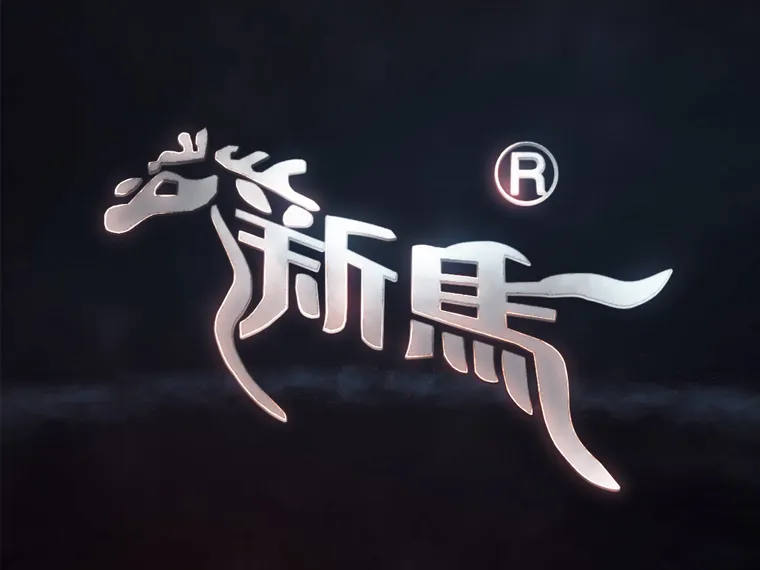High chromium grinding balls and low chromium grinding balls are two commonly used grinding media in ball mills. The core difference between them lies in the chromium content, which directly affects their mechanical properties, wear resistance, cost, and application scenarios.
Core Differences
Chromium Content
High Chromium Grinding Balls: The chromium content typically ranges from 10% to 18%, or even higher. High chromium content is key to achieving high hardness and excellent wear resistance.
Low Chromium Grinding Balls: The chromium content typically ranges from 1% to 3%.
Hardness
High Chromium Balls: High hardness, with surface hardness generally reaching HRC 58-66 or higher. This is the main reason for their excellent wear resistance.
Low Chromium Balls: Relatively lower hardness, typically between HRC 45-55.
Wear Resistance
High Chromium Balls: Excellent wear resistance. Under the same working conditions, the wear rate is much lower than that of low chromium balls, and their service life is usually 3 times or more compared to low chromium balls. In some cases, it can be 5-8 times or even higher.
Low Chromium Balls: Moderate wear resistance. They wear faster under high-impact and high-wear conditions.
Toughness/Impact Resistance
High Chromium Balls: Although they have high hardness, their toughness is relatively low. In extremely high-impact conditions or when processing very hard and large materials, there is a higher risk of breakage.
Low Chromium Balls: Better toughness and higher impact resistance, making them less prone to breakage under impact conditions.
Production Process Requirements
High Chromium Balls: The production process is demanding, especially the heat treatment (quenching + tempering), which is crucial. Precise control of temperature, cooling rate, and other parameters is needed to achieve high hardness and appropriate toughness. Casting processes (such as metal mold casting, lost foam casting) are also critical in reducing defects.
Low Chromium Balls: The production process is relatively simple, and heat treatment requirements are lower. Sometimes, they can be used in the as-cast or normalized state (but with poorer wear resistance).
Cost
High Chromium Balls: Higher unit cost, mainly due to the higher alloy content (chromium, molybdenum, etc.) and more complex production processes (especially heat treatment).
Low Chromium Balls: Lower unit cost.
Application Scenarios
High Chromium Grinding Balls: Suitable for grinding materials with high hardness, strong corrosion, and severe wear.
Typical Applications:
- Mining: Grinding of metal ores such as gold, copper, iron, and lead-zinc ores (especially for harder ores).
- Cement: Raw material mills, cement mills (especially for grinding clinker). In the cement industry, high chromium balls are the mainstream choice, significantly reducing energy consumption and ball consumption per ton of cement.
- Thermal Power: Coal grinding (medium-speed mills, fan mills sometimes use high chromium materials for grinding rings/rollers).
- Metallurgy: Grinding of hard non-metallic minerals such as slag micro-powder, quartz sand, and silica micro-powder.
- Chemical Industry: Grinding in environments requiring high wear resistance and resistance to certain corrosion.
Advantages: Extremely long service life, significantly reducing grinding media consumption costs, downtime and replacement costs, and labor costs, improving mill operation efficiency. Although the unit price of each ball is high, the cost per ton of grinding is much lower than low chromium balls.
Low Chromium Grinding Balls: Most suitable for grinding softer materials with relatively mild wear, or scenarios where the grinding media cost is highly sensitive, or where impact is very high, and the priority is to ensure the grinding media does not break.
Typical Applications:
- Small-scale mining or low-hardness ores: Such as certain non-metallic ores (limestone, gypsum, etc., though high chromium is increasingly used in limestone grinding).
- Some building materials: Grinding of ceramic raw materials, clay, and other soft materials.
- Coarse grinding stages with less demanding requirements.
- Scenarios with extremely limited budgets, where cost per ton of grinding is not a major concern, or short-term usage is expected.
Advantages: Lower initial procurement cost, good impact resistance (less prone to breakage). Disadvantages: Faster wear, frequent downtime for adding or replacing, higher cost per ton of grinding, and long-term operating costs (media cost + power consumption + labor + downtime losses) may actually be higher.
Choose the suitable grinding ball based on actual working conditions, budget, and specific requirements for wear resistance and toughness.

